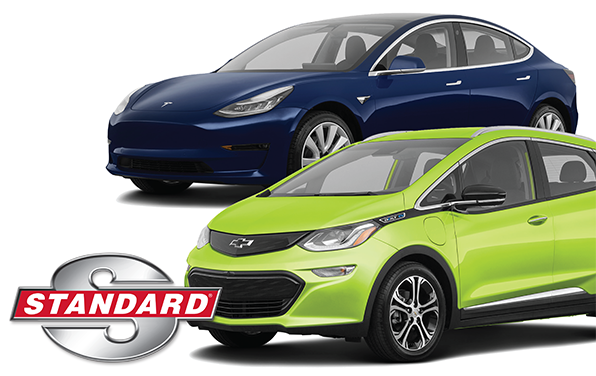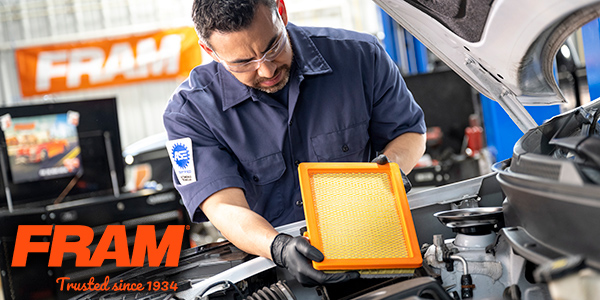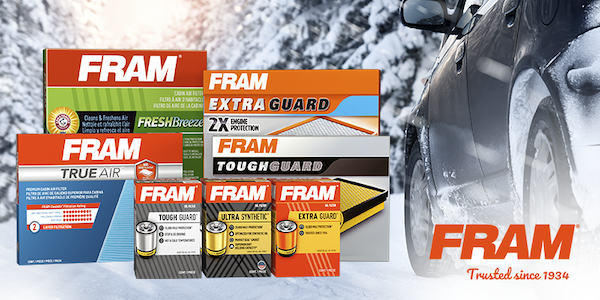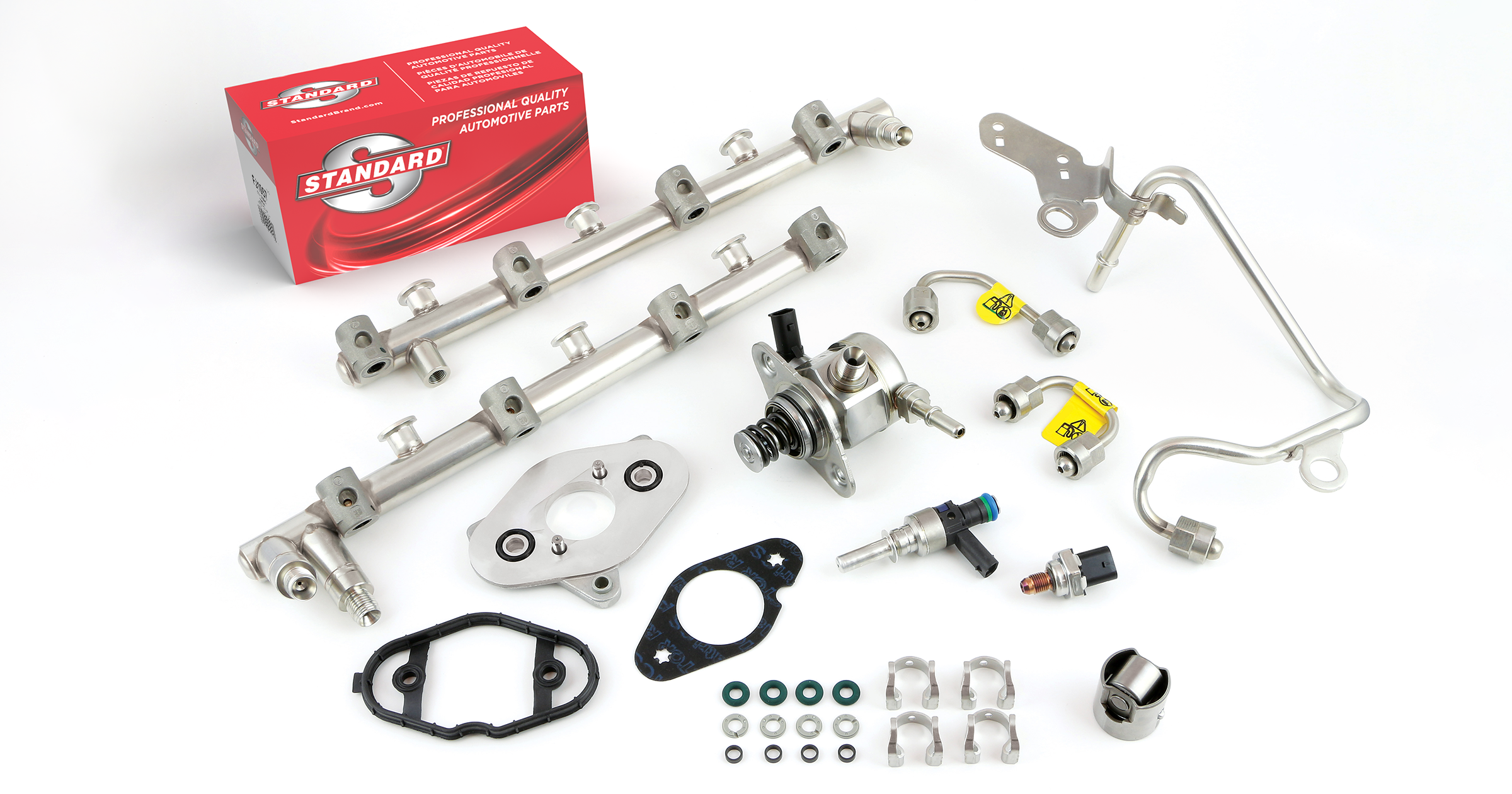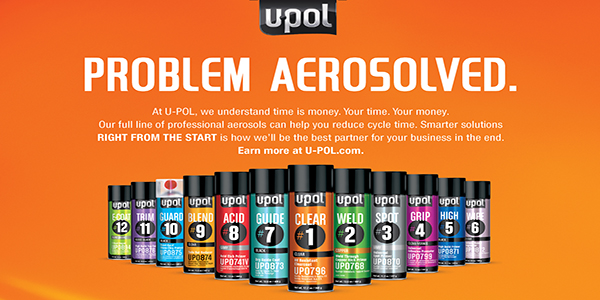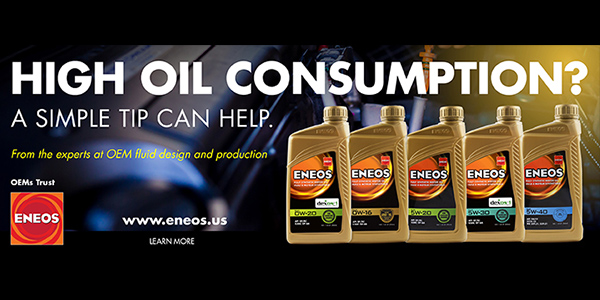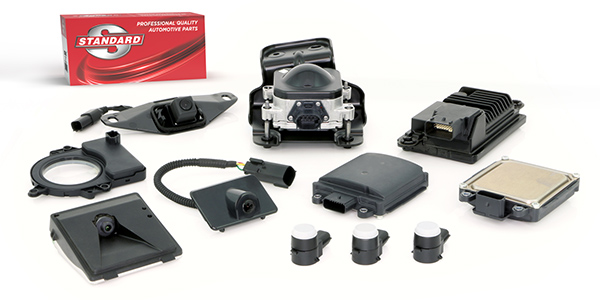
Did you know that cooling-system problems are more noticeable in cold weather? Here are some of the cooling-system issues that are easy to detect when it’s cold outside:
1. Thermostat Issues
Colder temperatures often draw the vehicle owner’s attention to thermostat issues. A failing thermostat that sticks in the open position can prevent an engine from warming up. Then the car’s heater doesn’t produce very much heat. Poor heater performance is more noticeable in cold weather because the driver is more prone to discomfort.
2. Clogged or Malfunctioning Heater Core
Sometimes a heater core will get clogged up, or it will malfunction due to a failing blend door or a worn hot/cool coolant separator. As a result, there is little to no heat inside the car. It’s common for a driver to notice heater-core issues on the first cold day of the season.
3. Incorrect Coolant
Coolant comes in two varieties:
- Green coolants use Inorganic Additive Technology (IAT). The additives help prevent corrosion in the cooling system. Green coolants have been around for many years, and older engines usually use green coolants.
- Orange coolants use Organic Acid Technology (OAT). Orange coolants were designed to meet the needs of newer engines. Newer engines have a wide variety of materials in the cooling system, including nylon and aluminum. Those materials require different ways of preventing corrosion.
Mixing these two coolants in a vehicle can cause serious, expensive engine problems. When mixed, orange and green coolants react and form a gel. The gel doesn’t pump well through the cooling system, and can clog cooling passages. That will lead to overheating and potentially major engine damage. One of the first things a customer will notice is that the heater isn’t working well.
4. Too Much Fluid in the Cooling System
Sometimes a customer will overfill the cooling system. Generally, this is harmless on a modern car, because the excess coolant just escapes from the overflow tank. There are a couple of problems that may occur:
- The customer panics due to a puddle of coolant under the car.
- In a poorly designed vehicle, the coolant may drain onto a wiring harness and short it out.
Talking to Your Customers About Maintaining Their Cooling Systems
A lot of drivers don’t realize how serious cooling-system issues can be. Some people will put up with the heater not making much heat, because they think it’s not worth fixing. But, a poorly functioning heater is a symptom of problems that can be expensive to repair if ignored.
That’s why it’s important to ask your customers if their heater is working correctly. It may help you catch cooling-system problems early on and prevent them from snowballing into expensive repair jobs.
It’s also important to talk to all of your customers about properly maintaining their cooling system. You should emphasize:
- Using the right coolant
- Practicing routine maintenance
- Replacing their water pump along with the timing belt
This article was sponsored by GMB North America, Inc. For more information, please visit our website at www.gmb.net






